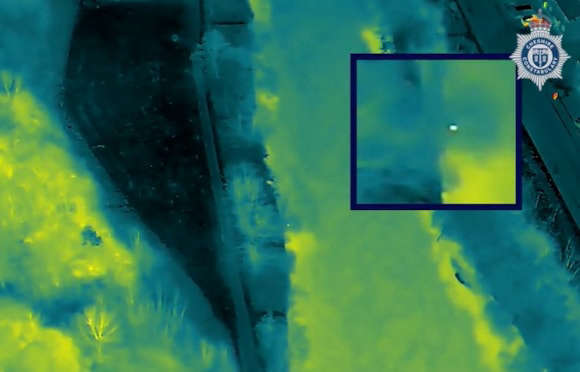
What is phishing and how does it work?
You wouldn’t let a thief enter your home, but what if the thief was masquerading as someone familiar, such as a postman, and tricked you into opening the door? Phishing works in a similar way - criminals impersonate trusted organisations by creating legitimate-looking messages and websites in order to trick people into opening the doors to their personal information. Once criminals have this information, it can be used to perpetrate fraud and cyber against you, or in your name.
How big is the problem?
Phishing attacks are a common problem faced by both individuals and businesses on a daily basis.
As of 31st May 2022, the National Cyber Security Centre’s Suspicious Email Reporting Service (SERS) has received over 12mn reports from the public, and has removed over 83,000 scams and 153,000 malicious websites. The most impersonated organisations in phishing emails reported last year were the NHS, HMRC and GOV.UK.
Most phone providers are part of a scheme that allows customers to report suspicious text messages for free by forwarding it to 7726. When a text is reported to 7726, the provider can investigate the origin of the text and arrange to block or ban the sender, if it’s found to be malicious. As of May 2022, 13,000 scams have been removed as a result of suspicious text messages reported using the 7726 service.
How can you protect yourself from phishing scams?
Most of the phishing scams reported to us have one thing in common, they started with an unexpected email or text message. Whether it’s an email asking you to “verify” your bank account details, or a text message claiming you’ve been in close contact with someone that’s got COVID, the goal of a phishing attack is usually the same - to trick you into revealing personal and financial information.
Here’s some simple advice you can follow when it comes to dealing with phishing scams:
1 - If you have any doubts about a message, contact the organisation directly.
Don’t use the numbers or address in the message – use the details from their official website. Remember, your bank (or any other official source) will never ask you to supply personal information via email.
2 - If you think an email could be a scam, you can report it by forwarding the email to: report@phishing.gov.uk. Send us emails that feel suspicious, even if you're not certain they're a scam - we can check.
3 - Most phone providers are part of a scheme that allows customers to report suspicious text messages for free by forwarding it to 7726. If you forward a text to 7726, your provider can investigate the origin of the text and arrange to block or ban the sender, if it’s found to be malicious.
4 - If you’ve lost money or provided personal information as a result of a phishing scam, notify your bank immediately and report it to Action Fraud: www.actionfraud.police.uk
For more advice on how to protect yourself online, visit:


 Officers out in force tackling Christmas retail crime
Officers out in force tackling Christmas retail crime
 Next slide please for Cheshire Archives
Next slide please for Cheshire Archives
 Cheshire East Council’s position on Adlington New Town proposals
Cheshire East Council’s position on Adlington New Town proposals
 Appeal for information following Winsford burglary
Appeal for information following Winsford burglary
 Advice for football fans in the run up to Macclesfield FC v Buxton FC match
Advice for football fans in the run up to Macclesfield FC v Buxton FC match
 Two men charged in relation to Winsford rape
Two men charged in relation to Winsford rape
 Appeal for information following fatal collision near Wheelock
Appeal for information following fatal collision near Wheelock
 Cheshire Community Foundation launches ‘game-changing’ giving scheme
Cheshire Community Foundation launches ‘game-changing’ giving scheme
 Cheshire East foster carers share festive memories in new video
Cheshire East foster carers share festive memories in new video
 Cancer patient says The Christie at Macclesfield made the most frightening year of her life manageable
Cancer patient says The Christie at Macclesfield made the most frightening year of her life manageable
 Cheshire National Lottery Winner Turns Santa Elf At Christmas
Cheshire National Lottery Winner Turns Santa Elf At Christmas
 Have your two and three year olds flu vaccinated now
Have your two and three year olds flu vaccinated now
 Warning issued following reports of a potential car meet in Alderley Edge
Warning issued following reports of a potential car meet in Alderley Edge
 Constabulary's Drone Unit assist in rescuing man from River Weaver
Constabulary's Drone Unit assist in rescuing man from River Weaver
 Macclesfield player Ethan McLeod passes away after car accident
Macclesfield player Ethan McLeod passes away after car accident
 50,000 illegal cigarettes seized, shops closed and arrests made during immigration crime operation
50,000 illegal cigarettes seized, shops closed and arrests made during immigration crime operation

Comments
Add a comment